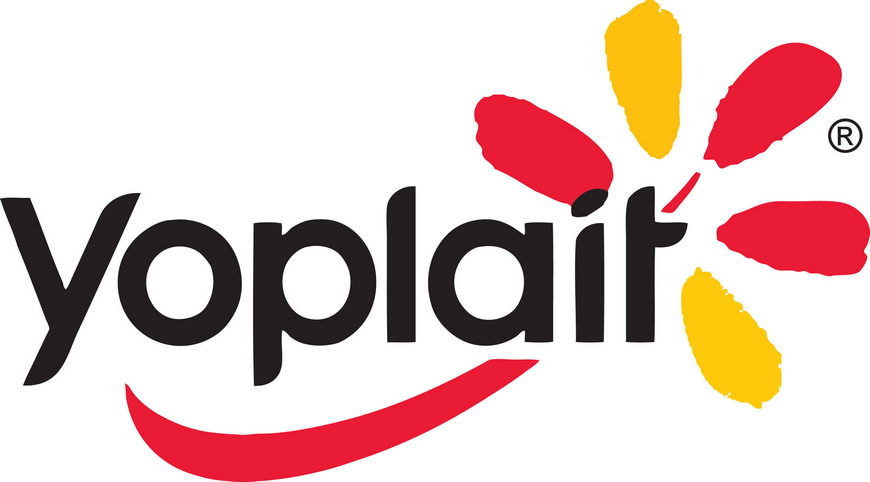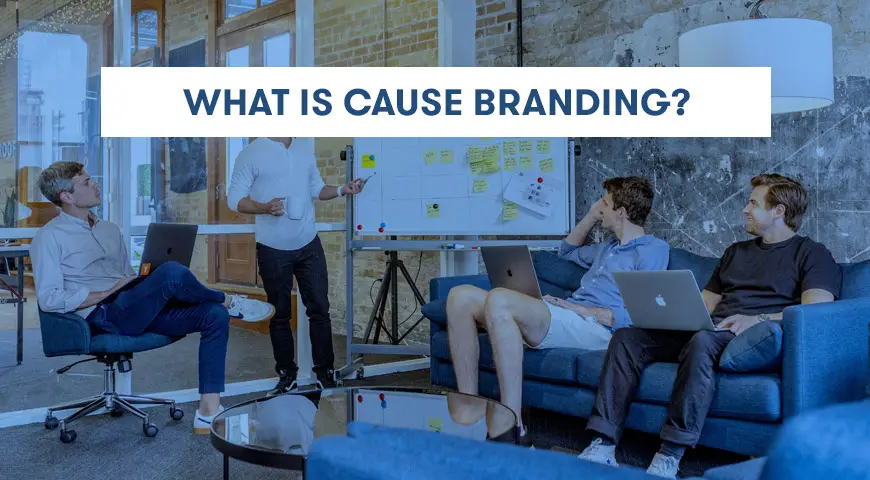Cause Branding is for-profit businesses cooperating with non-profit businesses over a certain cause. The non-profit receives a boost in donations and the for-profit will receive a branding boost. Both are happy by the end.
Branding is an important issue for every business, and is associated with positive causes is a great boost for any brand.
Cause Branding engages people to participate in different charity events and besides gaining money, the companies will increase brand awareness among customers. Both nonprofit and for-profit companies can enjoy benefits from this arrangement.
How does Cause Branding Help your Brand?
Many companies start looking for non-profit partners since their customers and employees expect the company to participate in solving crucial social problems such as starvation and homelessness. In other words, people will be encouraged to use your services instead of your competitors’ services since they feel better about doing good.


The main purpose of Cause Branding is to build dependency between the cause and the brand. It builds an emotional connection between you and your customers. Cause Branding makes an opportunity for your customers and investors to do charity and help people in need.
People may become motivated to buy your products or use your services since it is more than purchasing and they can be part of a nice movement to help people.
On the other hand, your employees will become happier since they are working in a company that helps poor people and participate in charities. Therefore, the profit you may gain from your business will be beyond what you have imagined.
Examples of Cause Branding
There have been very high-profile partnerships between big corporations and famous charities.
Here are some of the most famous examples of Cause Branding:
1. Coca-Cola and the World Wide Foundation


Coca-Cola and WWF’s goal here is to ensure providing healthy freshwater. A Global Partnership for Freshwater Conservation. They address the natural resource challenges that impact fresh water.
2. TOMS’ buy a pair, give a pair


Another example to make this concept clear is TOMS (American Shoemaker) to donate a pair of shoes to people in need, for every pair of shoes purchased by customers.
People may prioritize TOMS over other brands or purchase more products, simply thinking of the other half that will be received by people who need them the most.
3. Mastercard’s Messi and Neymar Jr. Promise


Another example for Cause Branding is Mastercard’s claim in the 2018 Fifa World Cup about donating meals to 10,000 children for each goal Messi and Neymar Jr. score in each game. They announced that they would donate the food for children in Latin America and the Caribbean for each goal scored.
4. Patagonia’s Environmental Friday


Patagonia company started Black Friday campaign in 2016 and donates its sales to environmental NGOs. They also warned people of the dangers mass production clothes may have for the environment and the importance of using recyclable clothes.
5. Hey Girls’ Fake Sanitary Pads


Hey Girls also guaranteed to donate a pack of sanitary products to a girl in need for each purchased pack. They publicized the campaign by placing fake pads in free newspapers, including the message ‘one in ten girls in the UK can’t afford sanitary products.’
6. Yoplait and Susan G. Komen


Save Lids to Save Lives is another example of Cause Branding between for-profit Yoplait company and Susan G.Komen as the non-profit partner.
They threw a campaign to increase people’s awareness of breast cancer. the for-profit company donated more than $1 million dollars to its non-profit partner and in return, Susan G. Komen get its messages out to all Yoplait’s existing and potential customers and led to awareness for both sides of the participation.
How does Cause Branding Affect the Non-Profit Partner?
Cause Branding can have an international impact as well as a local impact. Awareness is one of the most important impacts of Cause Branding for non-profit partners. People may know them better and decide to participate in their charities.
Non-profits are looking for opportunities for participation, sponsorship, and support. Some non-profit partners expect instant results participating in campaigns which is a bad mistake. It takes time to work with your partner and eventually reach a certain result.
Non-profits expect financial support and better public insight with their partner’s marketing strategies. On the other hand, for-profit companies expect to sell more products and raise their public awareness through the campaign.


Participating in a campaign with new or well-known companies, have the profit of sponsorship of those companies. For example, when a charity cooperates with the Coca-Cola industry, besides the awareness and popularity they may gain, that huge company will sponsor them and donate money, food, and any other services to that charity.
Those companies will provide the fund they need to do their good and help for example homelessness.
Finding a secure fund for your community is the key to success in your field. Cooperating with companies based on Cause Branding will enable them to fulfill their programs using the money or products they gained from the campaigns.
Volunteers are also more probable to happen to participate in Cause Branding strategies. Skilled Volunteers may be willing to participate in charities and help non-profit partners to be more successful in their goals.
What are the Best Causes to Get Behind?
Choosing what cause to support is one of the most important and risky decisions businesses have to make to gain their forecasting profits.
Choosing a great cause to support affects both the equity and internal operations of companies. An inappropriate cause can be harmful to your business.
Therefore, there are some factors you have to consider before choosing which cause to participate with. It is important to choose an organization that doesn’t generate negative media attention.
Choosing a proper cause can be beneficial for both the cause and the company which is supporting the cause. It will help to raise their profile and give them a competitive edge.
Companies are looking for non-profit partners who are aligned with their social purposes. If the non-profit partner goes wrong, the reputation of both sides will be threatened.
It is difficult for both sides especially the non-profit partner to recover from the mistakes and failures they have done since people expect charities to do their jobs well and without any bad intends.


It is important to research all aspects of the partner you are planning to start a relationship with. You have to identify all the potential scandals and issues they might have in public eyes and then sign a contract or even start a friendly campaign with them.
Another important factor to be considered in choosing your cause partner is to identify whether they are capable of managing your demands or not.
Customers figure out when a company is not doing its job perfectly and whether they care about the charity or not. If the non-profit has its own priority, they will definitely put your demands at the end of their checklist. This will jeopardize your reputation in public and you may even lose customers.



